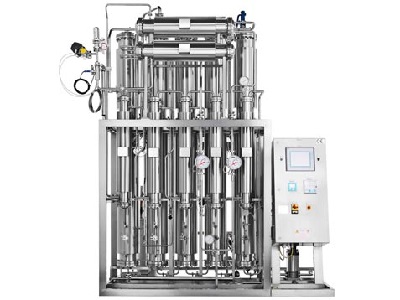In the realm of steam production and cleaning methods, the advent of electric clean steam generators has sparked a notable shift from traditional approaches. This transition is marked by distinct advantages that electric clean steam generators bring to the table. In this discussion, we'll delve into a comparative analysis, highlighting the differences between electric clean steam generators and traditional steam cleaning methods.
One of the fundamental distinctions between electric clean steam generators and traditional steam cleaning methods lies in the precision and control they offer over steam quality. Traditional methods often involve the combustion of fossil fuels, which can introduce impurities into the steam. In contrast, electric clean steam generators utilize advanced heating elements powered by electricity, ensuring precise temperature control and producing steam of consistently high quality. This distinction is crucial in applications where maintaining a sterile and contaminant-free environment is paramount, such as in pharmaceutical manufacturing and cleanroom operations.
Electric clean steam generator exhibits higher efficiency compared to traditional methods. The direct conversion of electrical energy into heat allows for precise and rapid heating, minimizing energy wastage. Traditional methods, on the other hand, may involve a more convoluted process of heating water through combustion, leading to potential energy losses. The efficiency gains offered by electric clean steam generators contribute to reduced operational costs and increased overall productivity.
Electric clean steam generators showcase greater flexibility and adaptability in their applications. Their compact design and precise control make them suitable for a diverse range of industries, including pharmaceuticals, laboratories, and food processing. Traditional steam cleaning methods may lack the same level of adaptability, often requiring more extensive infrastructure and posing challenges in maintaining consistent steam quality across various processes.
Traditional steam cleaning methods, especially those involving combustion processes, often necessitate more extensive maintenance due to wear and tear on components exposed to high temperatures and combustion byproducts. Electric clean steam generators, with their simpler and more direct heating mechanism, generally require less maintenance. The reduced maintenance needs contribute to lower downtime and operational disruptions, enhancing overall system reliability.
Electric clean steam generators are known for their enhanced safety features. The absence of open flames or combustion byproducts reduces the risk of accidents associated with traditional steam cleaning methods. Additionally, the precise temperature control of electric clean steam generators minimizes the potential for overheating or steam-related hazards, ensuring a safer working environment.
In conclusion, the comparison between electric clean steam generators and traditional steam
cleaning methods reveals a clear shift toward more advanced and sustainable technologies. The advantages of precise control, environmental friendliness, efficiency, adaptability, reduced maintenance, and enhanced safety position electric clean steam generators as a superior choice for industries seeking modern, reliable, and environmentally conscious steam production and cleaning solutions.


